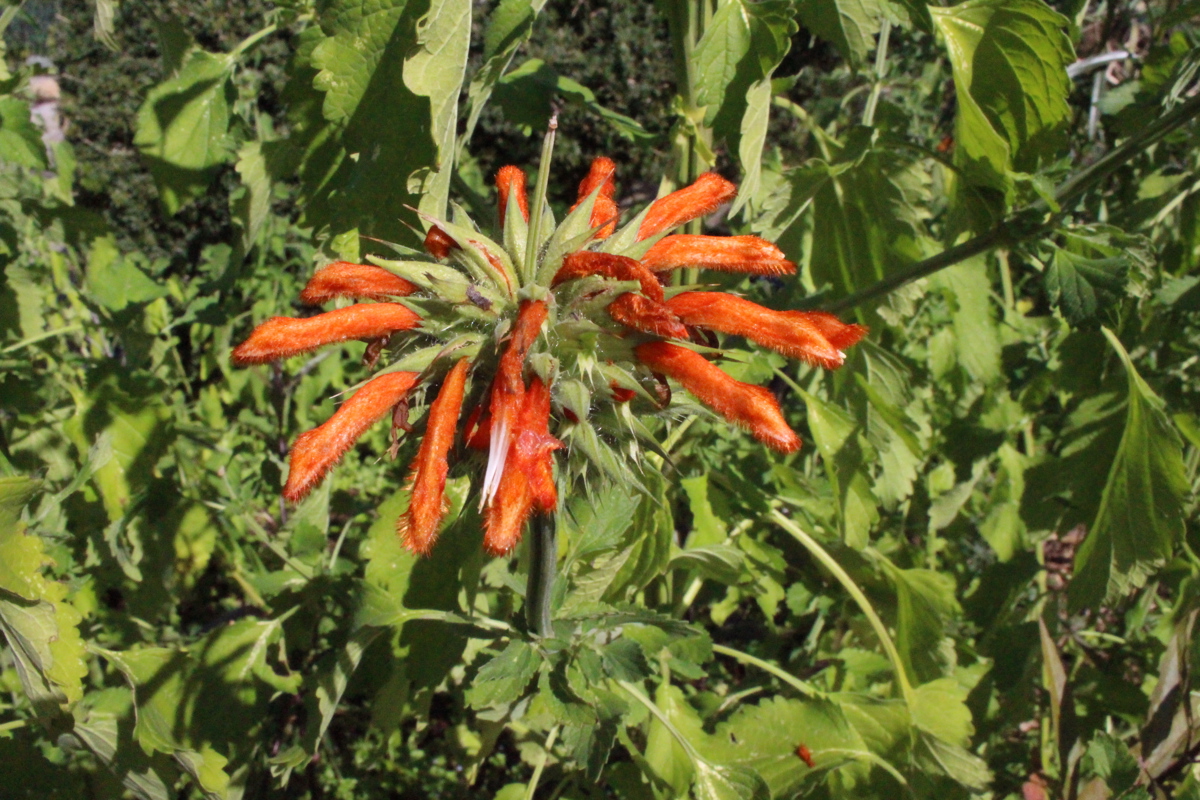Physical characteristics
A robust
Flowers and foliage
Flowers profusely during late summer and autumn with bright
Preferred site
Prefers growing in free draining loamy soils, well composted and in with
Preparation for planting
Always choose healthy well grown
Maintenance tips
The first summer and autumn after planting is critical for young
Except on very fertile soils an
Once Leonotis gets reasonably large they get quite woody at the base and very tall so may require some staking or support. If they get too large without support then the large stems will split off the base of the plant and the centre will open up and possibly collapse especially in windier sites.
Prune
Leonotis are able to be pruned back relatively hard.
It should be well wate
Ecological and biodiversity benefits
This is an excellent plant for attracting wildlife to your garden as the flowers profuse copious nectar which attracts birds bees and butterflies.
Pests and diseases
Generally no pest and disease issues.
Location at Auckland Botanic Gardens
Perennial Garden



.jpg)
.jpg?width=1200&height=1200&v=1d4024dceb89e50)

.jpg?width=1200&height=1200&v=1d5569224d63650)
 .jpg?width=1200&height=1200&v=1d4024df6ce2770)
.jpg?width=1200&height=1200&v=1d55676a892f2b0)
 .jpg?width=1200&height=1200&v=1d4024e3b65f7f0)